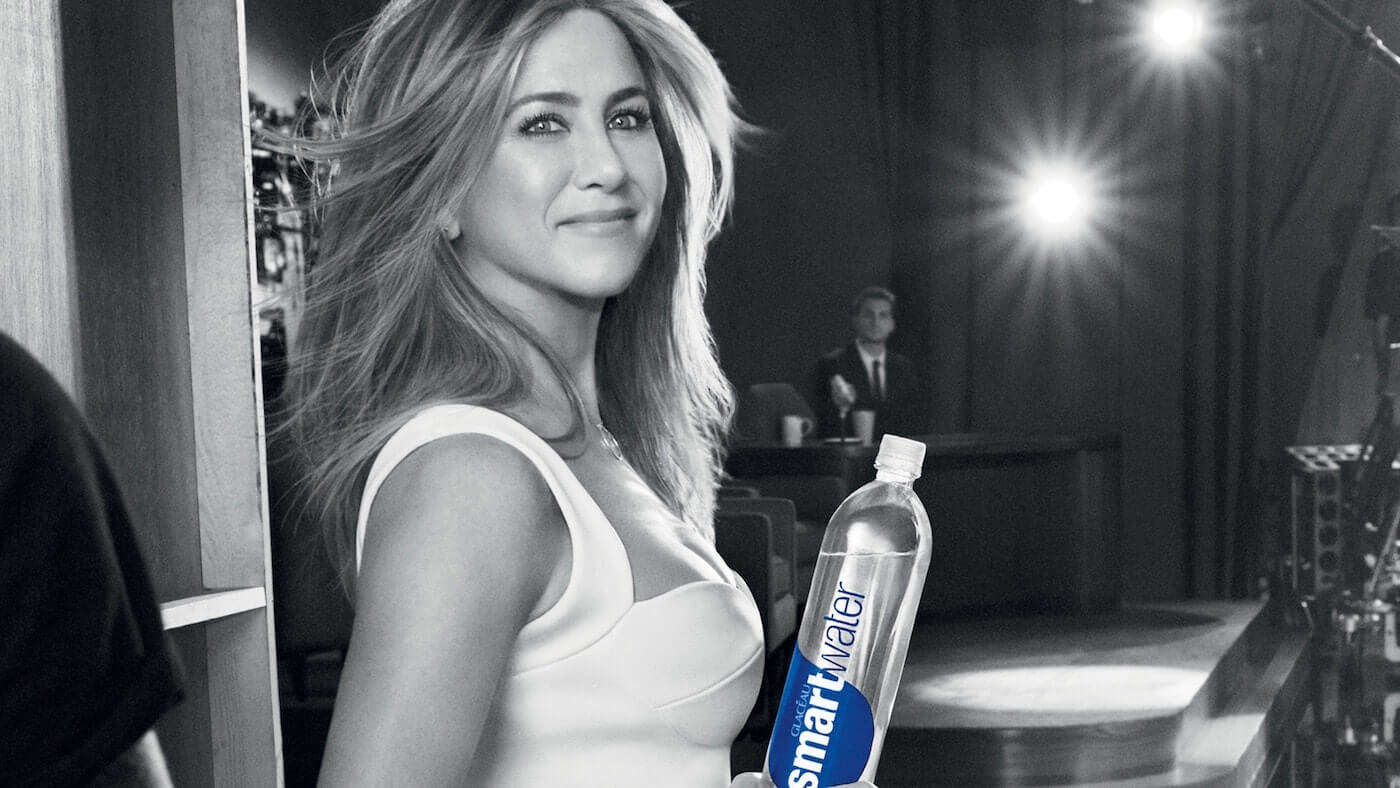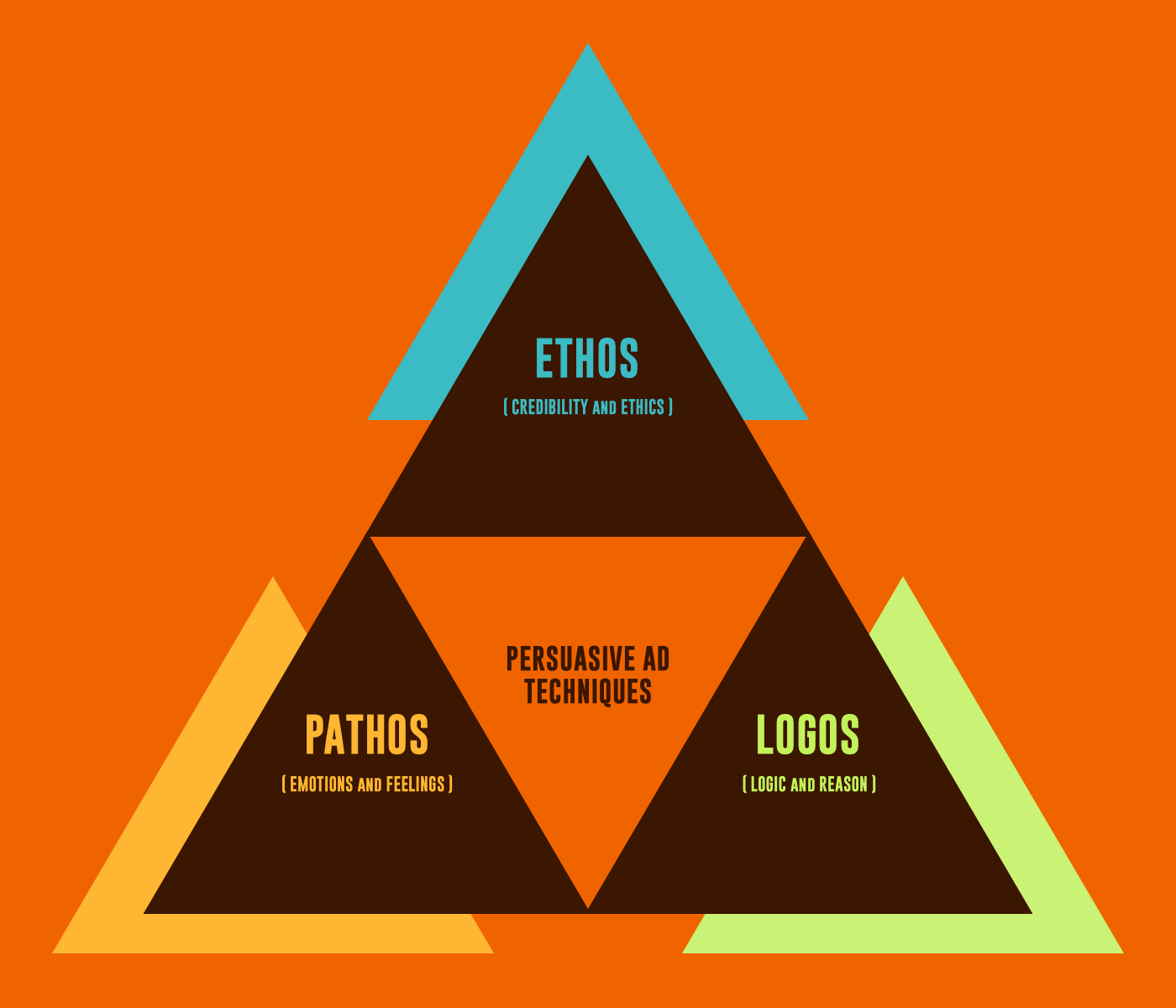1.The logos definition:the best logos commercial examples
the logos definition: the best logos commercial examples for video creators
0
Want to get in your audience’s head? Whether you’re making a video, selling a product, or giving a speech, you need to know how to win over the crowd with common sense. Make them think.
Sounds like a good plan, but how? Aristotle’s got your back. In ancient Greece, the philosopher put forth three modes of persuasion that endure to this day.
The best commercials and videos apply Aristotle’s “rhetorical triangle” — ethos, pathos, and logos — to connect with viewers.
In this piece, we’ll give you a logos definition, loads of logos examples, and a solid grasp of heavy concepts. Get ready to produce more compelling content and convince any audience to do your bidding.
LOGOS APPEAL
1. Understanding logos rhetoric
Clearly and concisely convey to the audience why they should logically buy what you’re selling. Provide evidence in the form of facts, figures, and statistics. Give customers irrefutable proof that your brand or product is the best.
Tall order? Sure it is. But the logos appeal will get you there.
We’ll jump into a detailed logos definition in a moment. First, let’s look at all three major categories of Aristotle’s rhetorical devices. It’s a good idea to get well-versed in all three if your goal is to make powerful video content or ads.
These techniques go by other terms as well: rhetorical appeals, persuasive strategies, and modes of persuasion.
Any logos definition has a place in Aristotle’s “rhetorical triangle”
A compelling video, advertisement, or speech ideally draws from all three strategies. But even when a commercial fires on all cylinders, either ethos, pathos, or logos rhetoric usually stands out as a primary appeal.
Ethos convinces the audience by presenting reliability, honesty, and credibility. This often means a respected authority figure or celebrity giving a product or brand a testimonial or endorsement.
An ethos-filled strategy would include famous people or experts in their field. These spokespeople would influence the audience based on authority or superior social status.
Pathos aims to persuade viewers by prompting an emotional response. This can be a positive, such the happiness you would feel if you bought, say, a new bike. It can be a negative, as in, “Yikes, I might die if I keep smoking.” And how about guilt? “Adopt this puppy and give it a home.”
A pathos-filled appeal would stir pity, energy, or even make a viewer choke up. It appeals to an audience’s compassion and feelings.
Logos appeals to logic and reason by using statistics, facts, and figures. Aristotle considered this the biggie. He believed that people are rational, and appealing to the rational mind with data, research, and evidence is the best way to win them over.
A logos appeal might include case studies, numbers, specifications and features, and charts or graphs.
Check out this video for examples of ethos, pathos, and logos. See all three techniques at work.
Pathos ads relate to ethos and logos strategies
You can even use ethos to sell your pathos, pathos to sell your logos, logos to sell your ethos — and every combination like this you can think of. (Well, in precise terms, that comes out to nine different combos. Happy now, Mr. Logos, numbers hound?)
What does this mean? Well, let’s say you want to convince a crowd that you’re an honorable, respectable, ethical person — that is, you want to sell your ethos.
You can do this by appealing to their emotions — by using pathos. Tell a harrowing story about that time you saved an injured bunny in a snowstorm, even though you had a broken ankle. Be passionate. Make them laugh, make them cry, make them feel sorry for you.
Finally, make them love you.
And, voila. You’ve just used pathos to sell ethos. The audience thinks, “You went through all that? I’m shaking just thinking about it. You’re a terrific person! Such ethics, such character!”
Then, cite figures and use charts. Share evidence that 85 percent of all listeners insist your “bunny-saving story” is the most heart-wrenching tale they’ve ever heard. Analyze your story to prove that a sad or touching moment occurs at least once every five seconds. Give data that 800 gallons of tears have been shed by people after they’ve listened to your bunny story — more tears than any other story in the history of the world.
When you’re done, you’ll have used logos to sell pathos. The audience thinks, “Hmm, makes perfect sense. Can’t argue with the facts. Data don’t lie. That truly is the most emotional story ever told.”
All this, of course, adds up to a very bizarre bout of rabbit-themed yarn-spinning, but you get the idea.
Now let’s focus on the logos appeal. We’ll specifically look at logos rhetoric and examples of logos in advertising.
LOGOS DEFINITION
What does logos mean?
Logos refers to a persuasive appeal that aims to convince a person by using logic and reason. Also called “the logical appeal,” logos examples in ads include the citation of statistics, facts, data, charts, and graphs.
In Aristotle’s rhetorical triangle, ethos appeals to character, pathos appeals to emotion, and logos appeals to logic and reason. As the “headiest” of the three main rhetorical strategies, logos uses reasoned discourse and logical arguments to convey a point of view and win over the audience.
Logos examples in ads:
- An iPhone commercial highlights new features and specs
- A Dole fruit juice commercial hypes vitamin and calorie stats
- Verizon shows a map to prove it has better coverage than AT&T
The general idea behind logos rhetoric is to aim for the head, not the heart. Appeal to reason.
Not everyone is reasonable. The logos appeal has its limits. But when it works, nothing works better. Logic and valid facts don’t lie.
In the next section, we’ll look at logos commercial examples.

Comentarios
Publicar un comentario